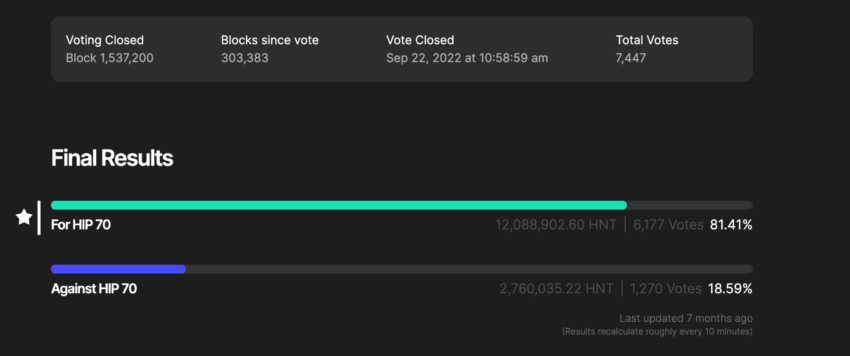Sempo: The Crypto Solution to Cash Aid Distribution Challenges – Crypto Projects to Watch 2023

Humanitarian aid has undergone a radical transformation over the past decade as non-governmental organizations (NGOs) have greatly reduced their efforts to provide in-kind donations – such as food, clothing and medical equipment – in times of crisis. Cash now constitutes an increasingly large part of all humanitarian aid.
Cash, unlike in-kind donations, allows recipients to make their own choices about when and how to care for themselves and their families in times of need.
However, the distribution of cash assistance has its own challenges. Moving physical money around can be difficult and dangerous, especially in the wake of natural disasters. Other issues – such as corruption or currency devaluation – can also be a problem.
Digital cash transfers can make things easier, but not everyone who needs help has a bank account – or access to the internet. Crypto has been touted as a potential solution to these problems, but how can crypto serve disaster victims who don’t have smartphones, bank accounts, or internet access?
Sempo was started in July 2017 by a pair of young Australian entrepreneurs, Tristan Cole and Nick Williams.
Their inspiration was a Web 2 humanitarian aid distribution platform called GiveDirectly, which allows donors to send money to people living in poverty.
“What they’re doing is giving people money in Africa and other underserved communities,” Cole said. “They raise money in places like Australia and the US – all over the world – and they give people money. And for me I found it very interesting.”
Cole pointed out that 90% of the money sent through GiveDirectly goes to the recipients.
“With traditional NGOs, it’s not that at all,” Cole said. Overhead costs and administrative fees for traditional donation methods can eat up as much as 30% of the cash value. “I was, like, why can’t we do this with Oxfam or some of these other NGOs?” Cole said that when he and Williams reached out to humanitarian aid organizations, they found that the organizations were struggling with major technological challenges in operating their cash transfer programs.
“There is no infrastructure in the places we work,” Cole said. “Like, in Vanuatu, the banking infrastructure is not good. Most are unbanked who actually need the help. So that’s what really inspired me. I’m really interested in how we can do more financial empowerment for others…there are still so many people who don’t have access to things that we take for granted.”
One such thing is access to the internet, which is a big challenge for many projects Sempo works on. Other crypto-native aid distribution programs, such as Stellar Aid Assist, require the internet to function. But blockchain-powered Sempo has an alternative that doesn’t require the internet to work. Instead of sending crypto between recipients and local merchants, the recipients can instead use a bank card that does not require an internet connection.
“The debit card is used by Oxfam as well as others,” Cole said. “It’s used in places that maybe have lower levels of digital literacy, lower financial literacy and finally, places that don’t have good internet infrastructure because it can work offline at times, which is the main selling point there.”
The project went through several accelerators in Australia and the US, including dlab, an early-stage crypto accelerator. Between all the programs, Sempo’s founders raised approximately AU$450,000 – just over US$300,000.
“It’s pretty much been bootstrapped all the way,” Cole told CoinDesk. “Just Nick and I funding it, and revenue from customers.” Williams left Sempo in 2021, according to his LinkedIn profile.
Sempo’s core infrastructure was made open source in 2019, meaning organizations that want to run projects on Sempo don’t have to pay for the privilege of doing so – which was important to Cole, who wanted to make the software available to organizations that helped . people in need. There are a number of organizations, including the Red Cross, that use open source software for free, Cole said.
However, if organizations are not technically savvy enough to set up and run the project on their own using Sempo’s free tutorials, they can use Sempo’s hosting model, paying Cole a software service fee and consulting fees to help design and run the project.
“It’s much more hands-on from the start of the program — the ideation phase to monitoring, evaluation and then scaling up,” Cole said of the hosted model.
Eventually, once a project is set up, it can transition to an unpaid, self-run project, which happened with the Red Cross and another project called Grassroots Economics, Cole said. He said he is currently working with Oxfam to help it transition the hosted project to a self-run project as well.
Cole’s ambition for Sempo is to eventually help all projects transition to a self-hosted model.
“It’s part of growing up — you have to learn to let go,” Cole said. “The best transition for [Sempo] was to move to just a completely open source model because that’s the purpose of working with non-profits.”

























